Bad, Bad Drivers: Who's to Blame for Bangkok's Traffic Problems?
Hit-and-run rich kids in Ferraris, lane-hopping traffic jam jockeys, daredevil motocy sidewalk-surfers—here’s a look at how terrible Bangkok’s drivers really are.
Produced, written and directed by Abdellatif Kechiche (The Secret of the Grain and Black Venus), this year’s Palme d’Or winner is an adaptation of Julie Maroh’s graphic novel of the same name. Much of the film’s success can be put down to the raw performances of its two leading ladies, Léa Seydoux and, especially, Adèle Exarchopoulos (who plays a character with the same name).

The biggest cash heist in US history took place in 1982 when US$11 million was stolen from an armored car depot. This 2013 movie adaption by director Dito Montiel (A Guide to Recognizing your Saints, Fighting, The Son of No One) is his fifth film—but his first without Channing Tatum. The leads this time around are Liam Hemsworth, who assumes the role of robber Chris Potamitis, and Dwayne Johnson playing detective James Ransone.



Source: Transport Statistics Sub-Division, Planning Division, Department of Land Transport


Source: Office of Transport and Traffic Policy and Planning




Source: Thai police, Reported Traffic Law violations from Jan-Jul, 2013

Source: NIDA POLL

Pol Col Weerawit Wajjanapukka, chief of the Traffic Police Division's ticket information centre
What is the major cause of Bangkok’s traffic problems?
Many factors contribute to it. For starters, there are too many vehicles which automatically leads to congestion on our roads. Other hindrances include poor road conditions and heavy rain. But another significant problem that worsens traffic is bad driving habits. While we cannot do much to fix our city’s physical limitations, driving behavior is very easy to improve. So it’s a shame that instead of taking some responsibility, many drivers just make the problem worse. It’s important we make improvements now before traffic gets out of hand.
How bad is the problem?
Earlier this year, the BBC ranked Bangkok as the worst city for traffic. In second, I think, was Jakarta. That sums up how big and serious the problem is. It’s crucial that every relevant party helps each other. Another shocking statistic came from World Health Organization, which this year listed Thailand as number one for fatal road accidents in Southeast Asia. It’s been recorded that about 38 out of 100,000 people die from road accidents. This is a serious issue that needs society’s full attention. It will only get worse unless we come together now.
“It’s all down to a lack of responsibility and discipline from drivers.”
What are the most common situations causing traffic congestion?
We see it every day: many cars parking in restricted areas, driving in the wrong lane and not stopping at red lights only to clog up intersections. We get many complaints about public buses parking illegally, too. Sometimes it’s understandable because other cars are clogging up the left lane or, even worse, parking at bus stops. When a public bus can’t get to the bus stop, it has to stop in the next lane and ends up blocking the second lane, too. You see here how one little irresponsible action causes a chain reaction. One traffic problem on one street always affects the nearby roads, and it’s worse at rush hour. It’s all down to a lack of responsibility and discipline from drivers.
Why do you think drivers act like that?
It’s a lack of social values, or put simply, selfishness. Small things like parking in a restricted area, double parking, many people think “oh, it’s only for a few minutes,” but everyone’s “few minutes” add up and really affect traffic. In the worst cases, drivers park their cars on bends in the road, leading to serious accidents. Aside from irresponsible parking, changing lanes in prohibited areas is another common bad practice; for example, cutting the queue near an intersection or before going on a bridge. It seems most drivers only display road etiquette to pass their driving test. It’s very important that everyone puts those values and correct practices into practice. Strict law enforcement alone can only fix the tip of the problem; we need contributions from every driver.
Does age, gender or type of vehicle come into play when pointing out bad drivers?
We treat everyone equally, so cases are not recorded by these variables. So, no, we cannot really say that. Sometimes supercar drivers drive very safely and sometimes city cars drive extremely dangerous. It’s difficult to stereotype drivers by their cars.
How are we dealing with the problem?
We’re pushing law enforcement to include more concrete action. Now, cars parked in restricted areas during high-traffic hours will be towed away without exception. We are installing more cameras that can capture violators, whether it’s for speeding, illegal overtaking or lane straddling. We are taking the road traffic problem very seriously and hope everyone else does the same.


Source: Royal Thai Police
1. Petchaburi Road, Asoke-Petchburi Junction
2. Expressway, Phayathai elevation
3. Sukhumvit Soi 24
4. Ladprao Soi 101
5. Rama 2 Road, in front of Central Plaza Rama 2
6. Kheha Romklao, Attaya Satit School Junction
7. On Nut Soi 77, near Big C Extra
8. Suvinthawong Road, outbound at Km52-55
9. Rama 9 Road, Rama 9 – Praditmanuthum intersection
10. Navamin Road, in front of the National Housing Authority.
Source: Thai Traffic Police and Bangkok Traffic and Transportation Department

Note : BK's Take on These Figures
These figures are from the Royal Thai Police and we find them very odd. Most international statistics on accidents blame driver error, with hardly any accidents due to the vehicle itself. In Bangkok, the police is telling us just the opposite. It claims that the vehicle is to blame in 30 percent of accidents. As for speeding, it's supposedly a factor in only 5 percent of Bangkok's accidents. That figure is unusally low. Most countries blame speeding for some 40 percent of accidents. Finally, the Bangkok police doesn't record distracted drivers at all. Even at a national level, Thailand attributes 11 percent of its accidents to cell phone use or drinking a beverage while driving, and 8 percent of accidents are attributed to setting the dial on the radio or chatting with passengers. That would translate to 7,030 of Bangkok's recorded accidents per year! This all begs the question: why is Bangkok's police so unusually focused on blaming vehicles instead of drivers?
Souurce: Royal Thai Police


Chanin Subsinserm, 59, taxi driver
Every bus that ends with 8: 8, 28, 38. And all those running from Pathumthani, especially the 33. Motorcyclists who do u-turns on the bridge—they don’t care about anything except escaping the police. Pick-up trucks, which for some reason like to drive on the wrong side of the road. Public vans are no better—140km/h is the minimum speed they drive outside Bangkok. One big problem is that they park permanently at Victory Monument. How can the BMA let this happen, especially in front of Rachwithee Hospital? This cuts off all the lanes. These are the causes of our traffic problems. I feel for the traffic police. They are not bad people, they’re just doing their duty. Yes, we give them a hundred baht, but we are really guilty in most cases. Believe me, over 10,000 taxis in Bangkok are driving without the right taxi driver card.

Lee Sae Lim, 43, tuk tuk driver
They are all equally bad! Motorcycles, buses, taxis. These joint public-private buses are the most monstrous. Number 1 and 75 are the worst, if not the air-conditioned 504 bastards running from Pathumthani. Lane straddling is their favorite hobby, from far left to the right lane. Let’s not talk about when they start racing. I could show you Silom corner or in front of Robinson (Bangrak), the buses try to claim an extra lane every day. Wait, will they come beat me up when you publish this? Let’s be balanced. Not all drivers are bad, really. There are good and bad drivers. I cannot blame them; sometimes I drive badly, too. We all have emotions. Can you drive nicely when you are in bad mood? We all drive for money. We are all in a hurry.

Seri Prajuabboon, 56, taxi motorcyclist
I’ve seen them all. Bad private cars, tuk tuks, buses. Yes, and taxis—they will park whenever they want. And once they finish discussing business with the passenger, they’ll just come back into traffic right away. Nobody cares about using their indicators anymore. I don’t want to talk myself into trouble, but taxis and public buses really just park where they want to. We can only watch out for ourselves. They are not even bothered to apologize after they hit you. We just have to get on with it.

Kiattiyot Chroendee, 55, 187 bus driver
The traffic jams are often caused by those driving too slowly. We drive fast with discipline, which is different to driving fast and dangerously. You know, when regular passengers board the bus, they are happy to see that I’m driving. They know they’ll get home fast. The 187 runs to Khlong Sam (from Sri Phraya Pier), which is normally a three-hour trip. I think most passengers prefer fast drivers, but skilled ones. Private cars can drive at any speed they like, but I’m driving for people who want to get to their destinations as fast as they can. Of course, those who are not on board might think differently. Our income relies on making our routes.
Advertisement
Advertisement
Linda Lovelace rose to fame as a 70s porn icon for her role in the now legendary smash hit Deep Throat. But, as with many successful film stars, there’s more gloom beneath the glamour. As this biopic directed by Rob Epstein and Jeffrey Friedman portrays, Linda was a victim of a tumultuous relationship and a greedy industry.

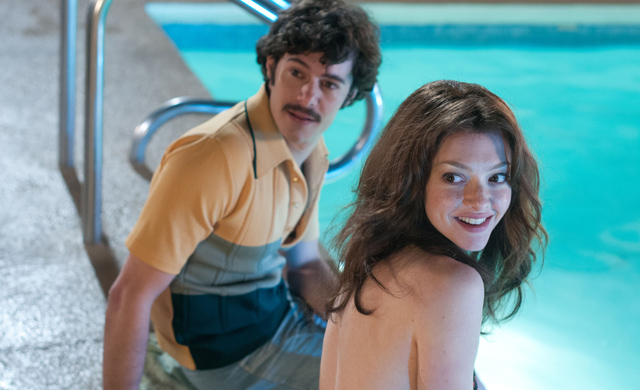
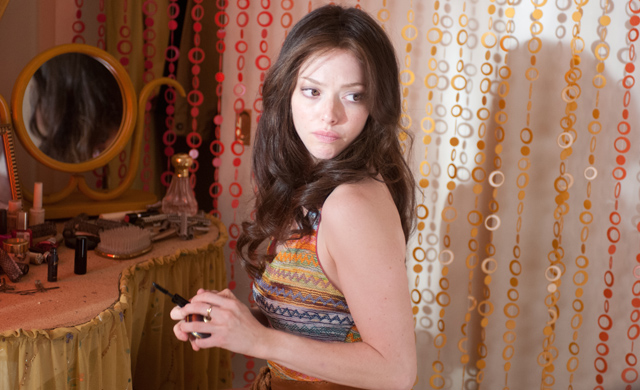
Advertisement
Casey Affleck, Rooney Mara and Ben Foster star in this crime drama by David Lowery, which portrays the romantic side of criminal lovers and draws a lot of inspiration from Terrence Malick’s 1973 masterpiece Badlands. But while this Bonnie and Clyde story, set in an archetypal American suburb, has all the makings of a powerful film, it eventually falls short—like a love song with a melody so beautiful you just wish for better lyrics to match.
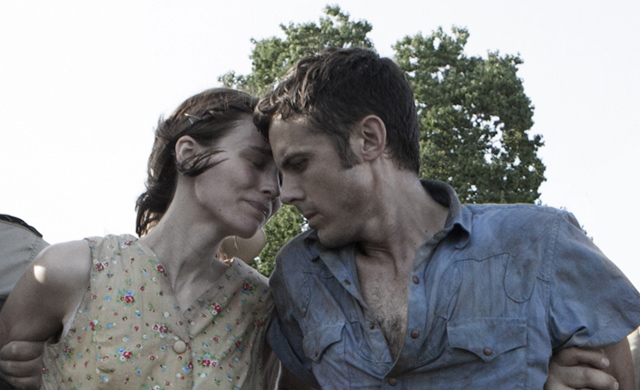



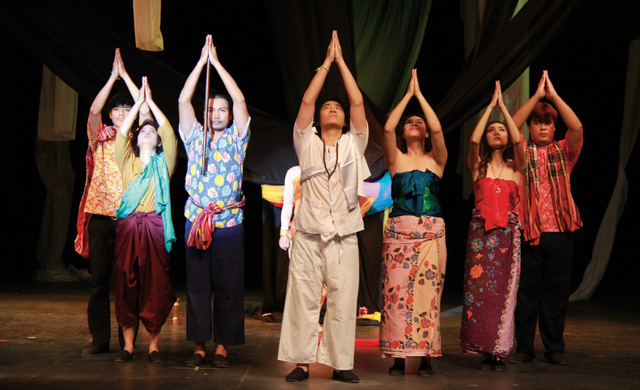
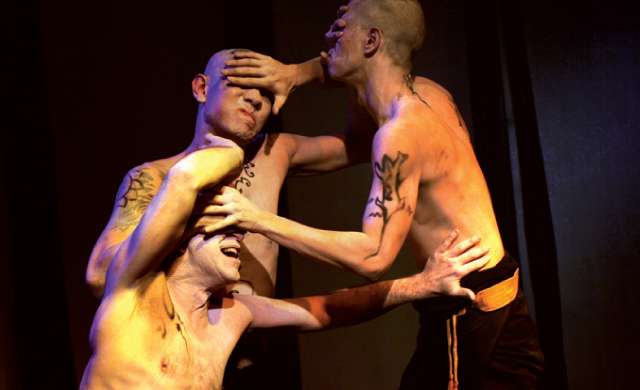



























|
Jitt Kasemsri
22, market researcher
“I went home barefoot drunk in a flood after clubbing, having lost my shoes. I was kicked out from a cab and had to walk through the water to get home, alone.”
|
Elyse Quivooy
20, student
“I once went swimming in the lake at Lumpini Park in my underpants. It was already getting dark so a few friends and I decided to be spontaneous and try to swim across the lake. Before we even had the chance to have our victory dance, a security guard came speeding over on his bicycle screaming at us and flashing his flashlights at us.”
|
Gamkaew Lourakmanee
23, party organizer
“I went to Big Mountain with a pack of friends. Drinking beer in the winter is so nice. Eventually, a whole bunch of us, me included, just passed out. But it’s all good, I had seen the headliners so many times before. I’m so going back again this year, too!”
|
Sirapop Wangkiat
23, marketing communicator
“Last winter we decided Chiang Mai was the place to go. It was all good until I jumped on my friend’s motorbike, rode it out and got hit by a pick-up truck. I didn’t die but I broke my ankle. I still made it to Monkey Bar in a splint, though, and many people came up to say hi. This year I’m going to Phuket.”
|
Advertisement